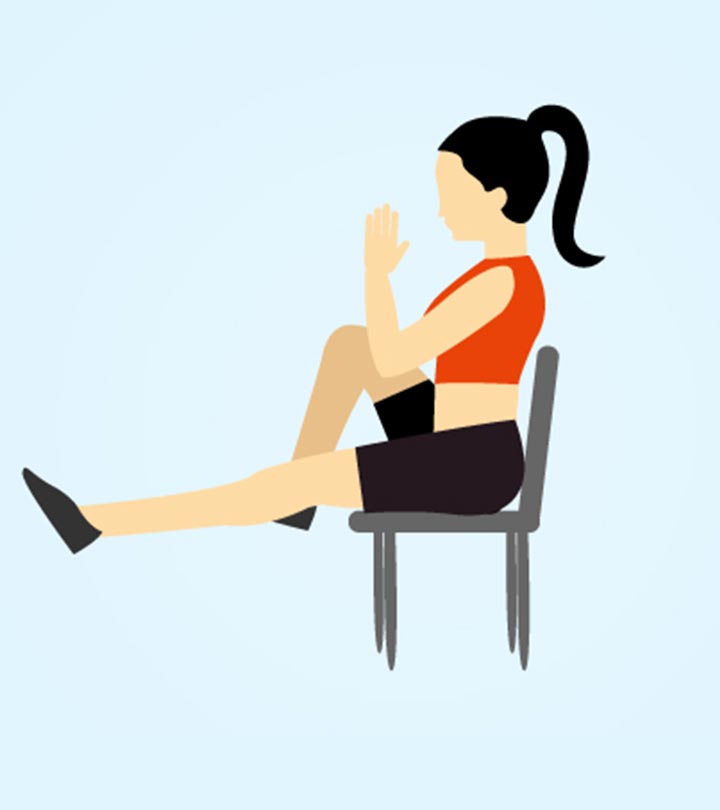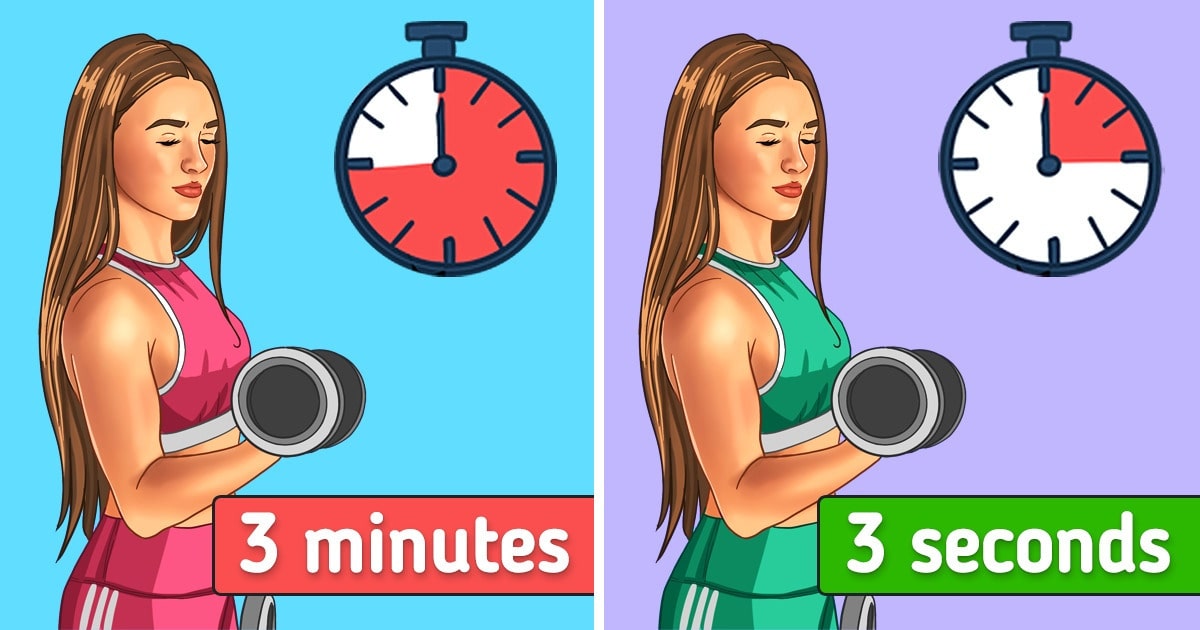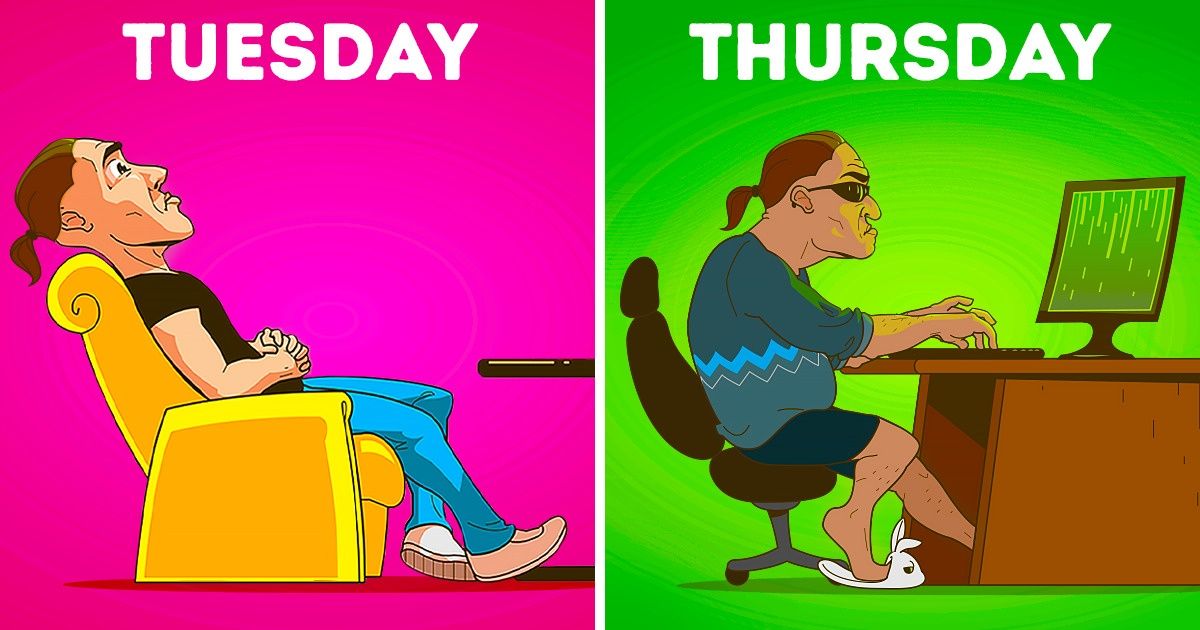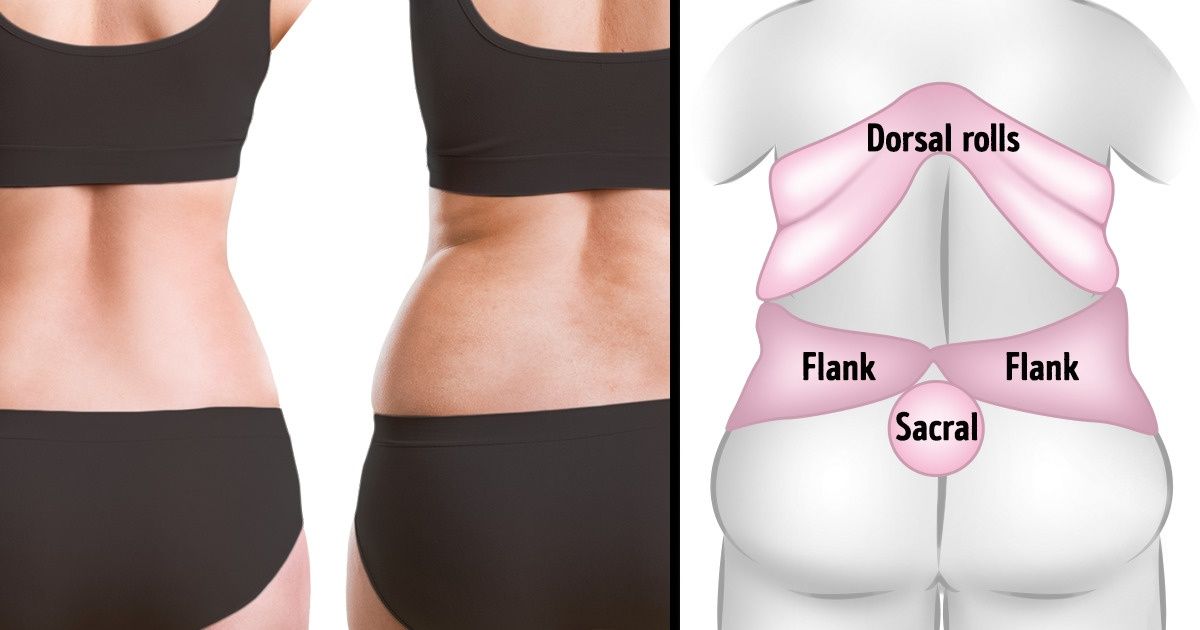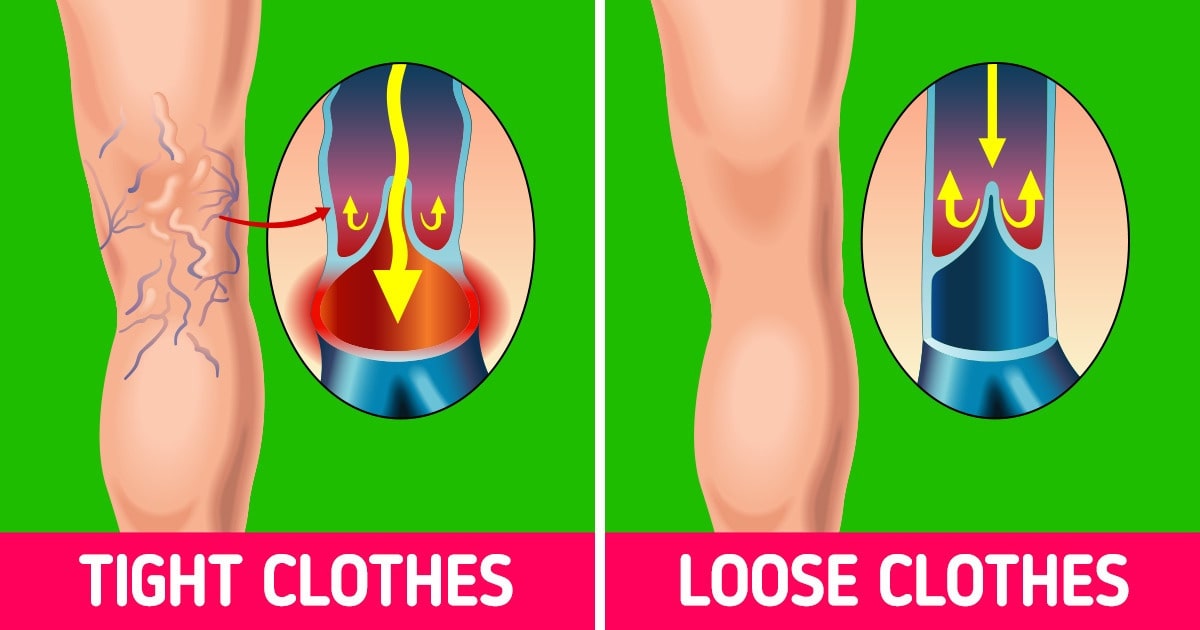In today’s fast-paced world, quality sleep is more precious than ever. With skyrocketing demands at work and home, many individuals are exploring innovative ways to maximize rest while minimizing sleep duration. This comprehensive guide dives into six secret sleep techniques—from ancestral sleep habits to modern biohacking methods—that claim to help you get enough sleep in just a few hours. Whether you’re battling insomnia, striving for peak cognitive performance, or simply looking to reclaim more waking hours, this article will introduce you to sleep optimization strategies that have gained traction online and among top wellness experts.
This post is designed to cater to individuals eager to improve their sleep cycle and overall health. Let’s explore each technique in depth, backed by credible research and external sources like Sleep Foundation and Mayo Clinic.
How To Get Enough Sleep
Our Ancestors’ Sleep Patterns: Embracing the 6-Hour Tradition for Modern Health
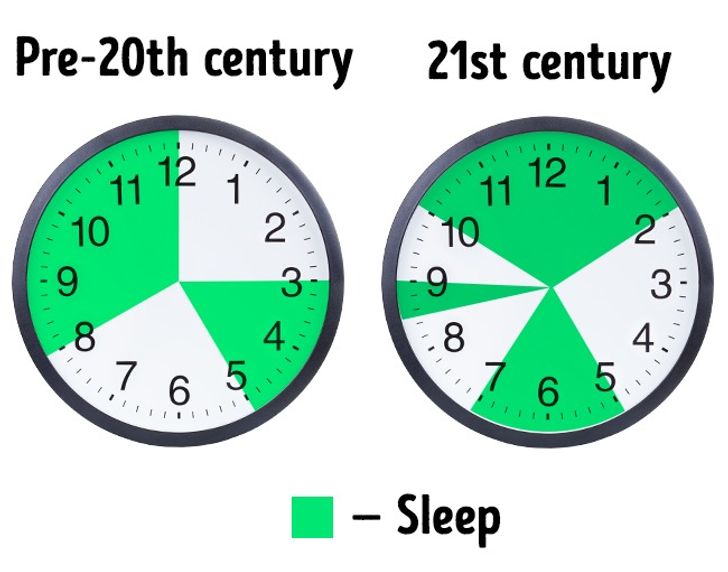
Our modern sleep routines are often drastically different from those of our ancestors. Historical evidence suggests that many ancient cultures followed a natural 6-hour sleep pattern—a duration that many claim to be sufficient for restorative rest. This sleep model is rooted in natural circadian rhythms, where sleep was segmented around periods of light and dark.
Recent studies have highlighted the benefits of shorter, consolidated sleep phases that align with our body’s natural predispositions. Ancient sleep practices remind us that quality often outweighs quantity. Proponents of the 6-hour tradition assert that when sleep is optimized for deep restorative cycles, the body can fully recuperate despite the shorter duration. This approach can be especially beneficial for those looking to boost energy levels and cognitive performance without sacrificing too much time for rest.
For further reading on natural sleep cycles and ancestral health, check out the insights provided by Sleep Foundation and Healthline’s sleep articles.
Dymaxion Sleep Schedule: Unlocking Extreme Efficiency with Just 2 Hours of Sleep
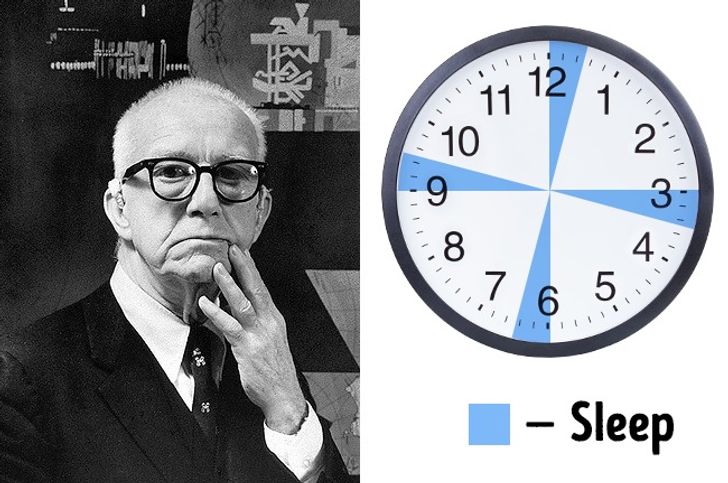
The Dymaxion sleep schedule, popularized by futurist Buckminster Fuller, challenges conventional sleep norms by advocating for only 2 hours of sleep per day, divided into multiple short naps. This polyphasic sleep pattern is designed for extreme efficiency and is often cited as a method for those who wish to free up extra hours for work or creative pursuits.
While the Dymaxion method is not for everyone, biohackers and high-performance enthusiasts have experimented with it to achieve heightened productivity. The idea is that by taking several 20-minute power naps throughout the day, you can harness the benefits of deep sleep phases without needing a continuous block of sleep. Although scientific validation of this method remains limited, it has sparked interest among those willing to explore unorthodox strategies to maximize waking hours.
If you’re curious about the potential benefits and risks of polyphasic sleep, WebMD provides insights on sleep deprivation and alternative sleep patterns, while Mayo Clinic offers a balanced perspective on sleep quality.
Superhuman Sleep Strategy: Boosting Performance with Only 2 Hours of Sleep
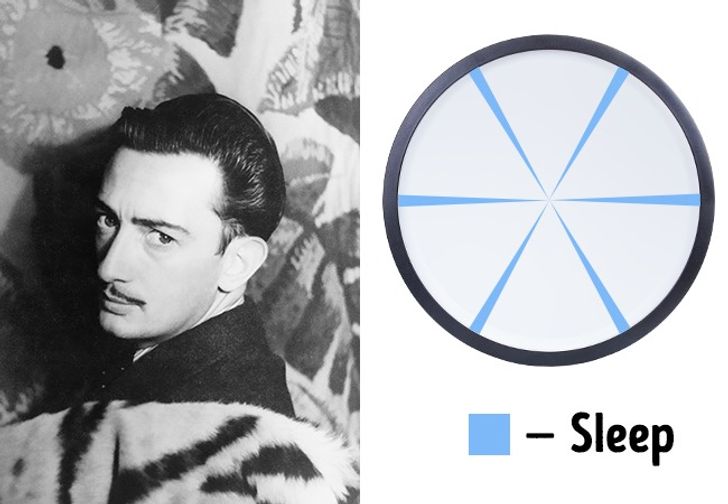
Taking the concept of minimal sleep to the extreme, the Superhuman sleep strategy involves limiting sleep to just 2 hours per day. This method is typically adopted by those who believe that ultra-short sleep sessions, when combined with strategic power naps and supplemental stimulants (like controlled caffeine intake), can unlock hidden reserves of energy and focus.
Advocates argue that by training the body to enter deep sleep quickly, one can experience the restorative effects of sleep in a fraction of the usual time. This technique often requires a rigorous schedule and disciplined adherence to specific napping intervals, making it a challenge for most. However, individuals who have mastered this approach report increased productivity and a sharper mental state during their waking hours.
Critics caution that such extreme sleep reduction can lead to long-term health consequences, including impaired cognitive function and increased stress levels. For more balanced insights, you might explore Sleep Foundation’s research on polyphasic sleep and Healthline’s sleep optimization tips.
Siesta Sleep Method: Maximizing Rest with a 6.5-Hour Sleep Cycle
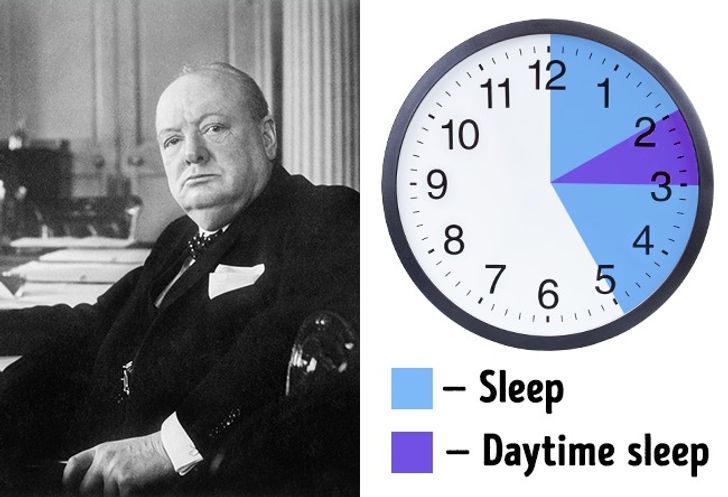
Contrasting with the ultra-minimalist approaches, the Siesta sleep method champions a more traditional sleep cycle. This technique emphasizes the importance of a slightly longer sleep duration—approximately 6.5 hours—often coupled with a mid-day nap to optimize alertness and productivity.
The concept of a siesta is deeply ingrained in many cultures around the world. A brief nap in the early afternoon can rejuvenate the mind, reduce stress, and enhance overall performance. When combined with a solid block of nighttime sleep, the Siesta approach ensures that both the body and mind are well-rested.
The benefits of a siesta include improved memory consolidation, increased creativity, and lower stress levels. Modern research suggests that a combination of nocturnal sleep and a short daytime nap can be particularly effective in combating sleep deprivation while still allowing for a full range of cognitive functions. For a deeper understanding of the siesta’s benefits, refer to articles from Mayo Clinic and Sleep Foundation.
Tesla’s Sleep Method: Achieving High Productivity with 2 Hours 20 Minutes of Sleep

Renowned inventor Nikola Tesla is famous for his unconventional sleep habits, reportedly sleeping only 2 hours and 20 minutes per day. Tesla’s method emphasizes the importance of strategic napping and short sleep cycles that allow him to maximize his creative output and mental clarity.
Tesla’s sleep method is a form of polyphasic sleep that requires precise scheduling and a disciplined approach to resting. While Tesla’s legendary productivity has inspired many, it is essential to note that such a drastic reduction in sleep is not advisable for everyone. The method demands rigorous adherence to sleep intervals and an acute awareness of one’s body signals to avoid burnout.
Those intrigued by Tesla’s approach can explore additional perspectives on polyphasic sleep and productivity hacks on platforms such as WebMD and Healthline.
Everyman Sleep Pattern: Balancing Minimal Sleep with Optimal Functionality
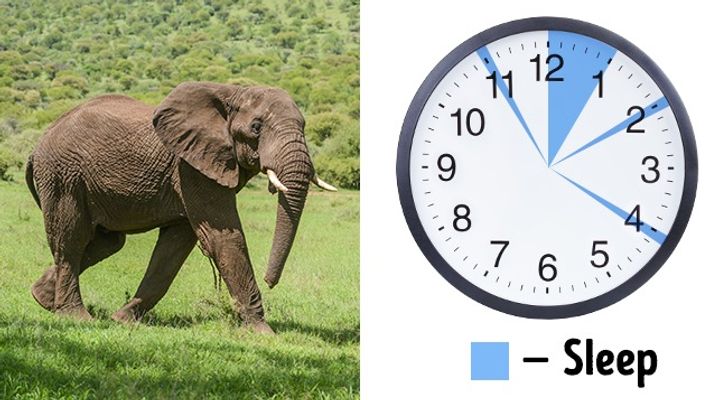
The Everyman sleep pattern is designed to offer a balanced compromise between minimal sleep and maintaining overall functionality. Typically, this method involves a core sleep period of around 2.5 hours, supplemented by several short naps distributed throughout the day. This approach seeks to provide the benefits of deep sleep while reducing the overall time spent sleeping.
Advocates of the Everyman sleep pattern argue that it allows for increased waking hours without severely compromising health or cognitive performance. This technique is often favored by busy professionals and students who are looking to squeeze extra hours out of the day. With proper implementation, the Everyman sleep pattern can lead to improved alertness, enhanced memory retention, and higher productivity levels.
For those considering a shift to the Everyman sleep cycle, it is crucial to monitor how your body responds and to adjust nap intervals accordingly. Additional information and expert opinions can be found on Sleep Foundation and Mayo Clinic’s sleep resources.
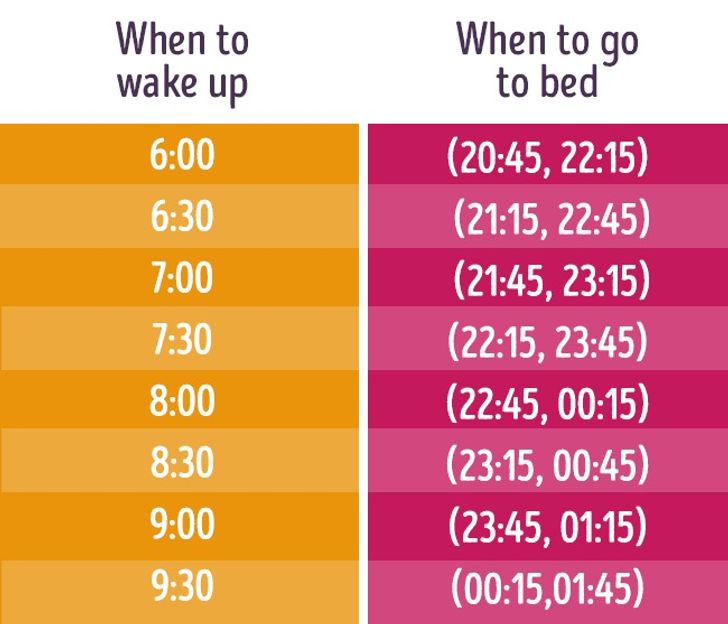
Transitioning to a New Sleep Schedule: Tips and Strategies
Changing your sleep schedule can be challenging, especially when experimenting with unconventional methods. Whether you’re considering a polyphasic sleep approach or a modified traditional cycle, here are some essential tips to ensure a smoother transition:
- Gradual Adjustment: Avoid abrupt changes to your sleep pattern. Instead, gradually shift your sleep and wake times to allow your body to adapt.
- Maintain Consistency: Stick to a consistent schedule every day, even on weekends, to reinforce your body’s internal clock.
- Create a Sleep-Conducive Environment: Optimize your bedroom with blackout curtains, a comfortable mattress, and minimal noise. Reducing exposure to screens before bedtime can also significantly enhance sleep quality.
- Mindful Caffeine Consumption: Limit caffeine intake in the late afternoon and evening, as it can interfere with the ability to fall asleep quickly.
- Regular Physical Activity: Engaging in regular exercise can promote deeper sleep cycles and help regulate your body’s circadian rhythm.
For more comprehensive tips on transitioning to a new sleep schedule, check out Sleep Foundation’s sleep tips and Mayo Clinic’s guidelines.
Maximizing Productivity and Energy with Less Sleep
Adopting a reduced sleep schedule doesn’t mean sacrificing productivity or energy. In fact, many of today’s high achievers credit optimized sleep techniques for their enhanced cognitive performance. Here are several strategies to maintain peak productivity even with fewer hours of sleep:
- Strategic Power Naps: Integrate short naps (10-20 minutes) during the day to boost alertness without entering deep sleep, which can cause grogginess.
- Healthy Diet: A balanced diet rich in whole foods, lean proteins, and antioxidants can support brain function and sustain energy levels throughout the day.
- Mindfulness and Meditation: Incorporating mindfulness exercises or meditation into your daily routine can help reduce stress and improve sleep quality.
- Task Prioritization: Plan your day by prioritizing high-impact tasks during your peak energy periods, ensuring that your limited waking hours are used effectively.
These strategies are not only supported by expert advice from Healthline but are also frequently highlighted in productivity and wellness blogs across the internet.
Potential Risks and Considerations of Minimal Sleep
While the allure of gaining extra hours in the day is compelling, it is essential to recognize that reducing sleep can come with significant risks. Extreme sleep reduction can lead to chronic sleep deprivation, which may impair cognitive function, weaken the immune system, and increase stress levels.
Before transitioning to any minimal sleep technique, consider these key points:
- Listen to Your Body: Monitor how you feel both physically and mentally. Persistent fatigue, mood swings, or difficulty concentrating are red flags that you might need more sleep.
- Consult a Healthcare Professional: If you have pre-existing health conditions or concerns about sleep deprivation, seek advice from a doctor or sleep specialist.
- Experiment Carefully: If you decide to try a new sleep pattern, do so gradually and be prepared to adjust if negative side effects occur.
For a balanced discussion on sleep health, refer to WebMD’s sleep disorder resources and insights from Mayo Clinic.
Conclusion: Tailor Your Sleep for Peak Performance
In the quest for optimized sleep, there is no one-size-fits-all solution. The six secret sleep techniques outlined in this article—from the ancestral 6-hour sleep to the experimental Dymaxion, Superhuman, Siesta, Tesla, and Everyman methods—offer a range of strategies for maximizing productivity while minimizing sleep duration. Each method comes with its unique benefits and challenges, and what works for one person may not work for another.
The key to success lies in understanding your body’s natural rhythms and carefully experimenting with these techniques until you find the optimal balance between rest and activity. Remember, quality sleep is crucial for cognitive performance, physical health, and overall well-being. As you explore these unconventional sleep schedules, be sure to incorporate lifestyle changes such as healthy eating, regular exercise, and stress management practices.
By harnessing the power of sleep optimization and tapping into ancient as well as modern sleep strategies, you can unlock extra hours in your day while still maintaining high energy levels and mental clarity. For further insights and expert advice on sleep optimization, explore trusted sources like Sleep Foundation, Mayo Clinic, and Healthline.
Embrace the journey towards a more efficient sleep cycle, and remember that the ultimate goal is to enhance your quality of life. Whether you choose to experiment with polyphasic sleep patterns or stick to a more traditional approach, optimizing your sleep is one of the most effective ways to boost productivity, improve health, and truly unlock your full potential.

